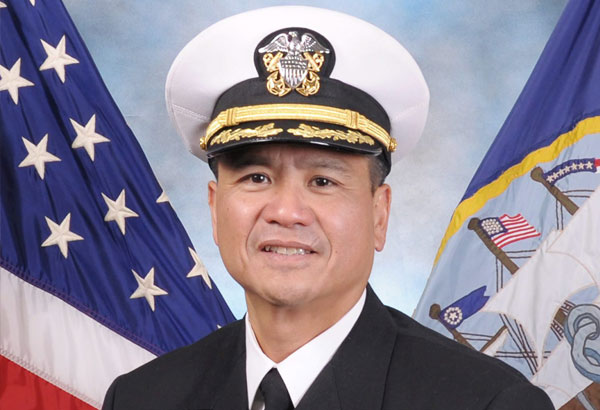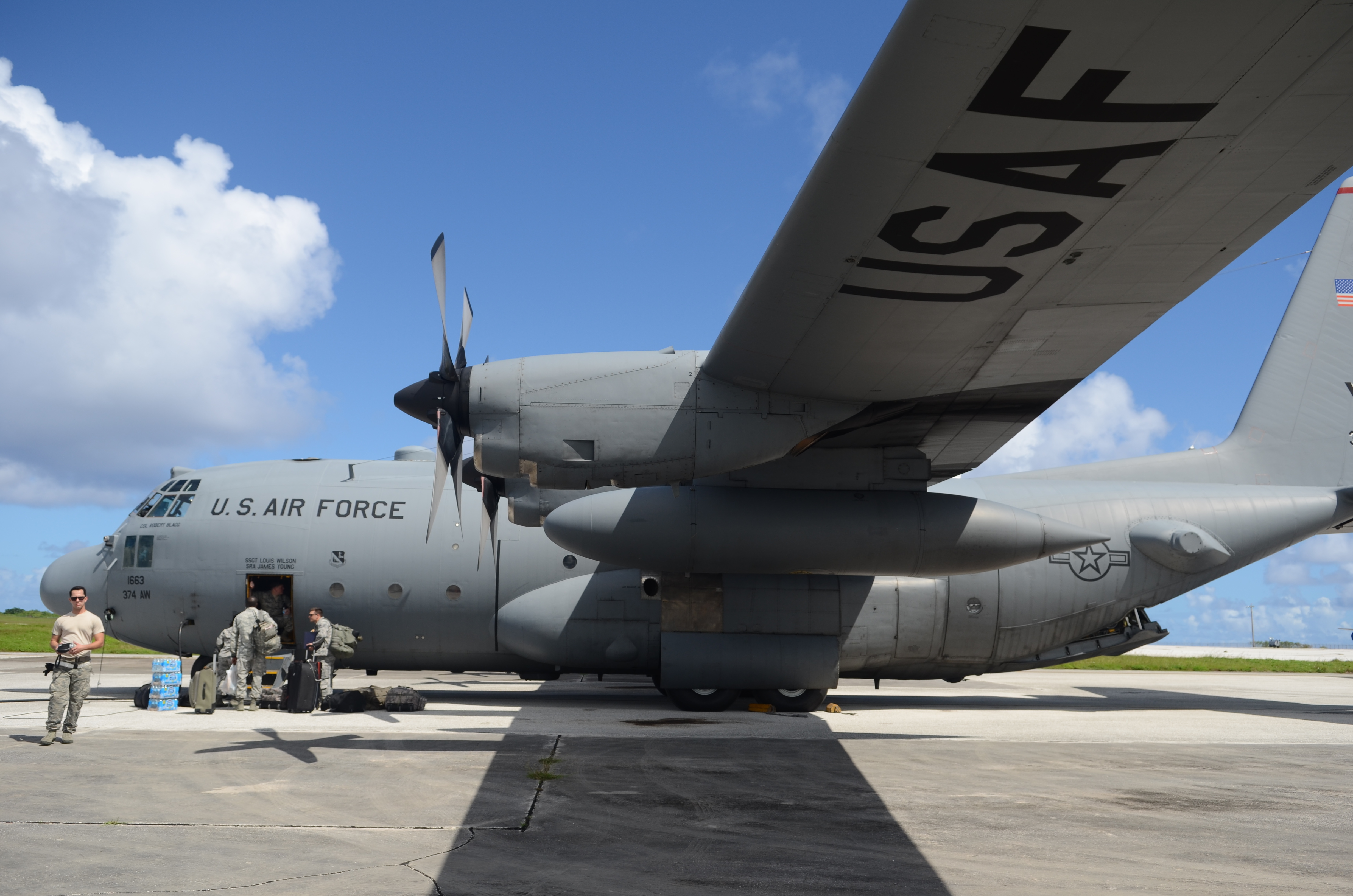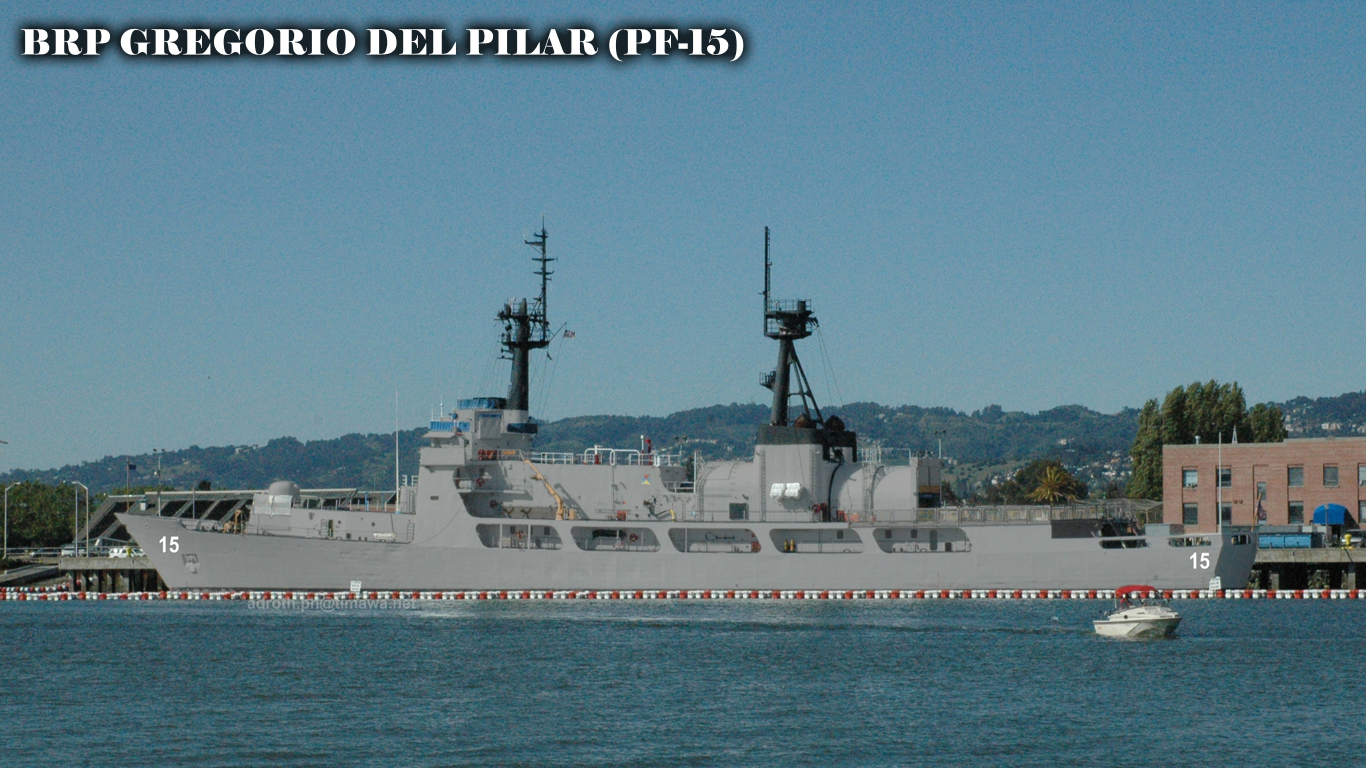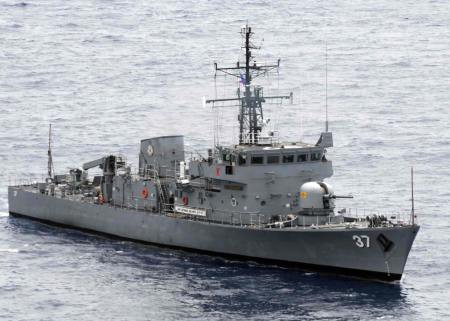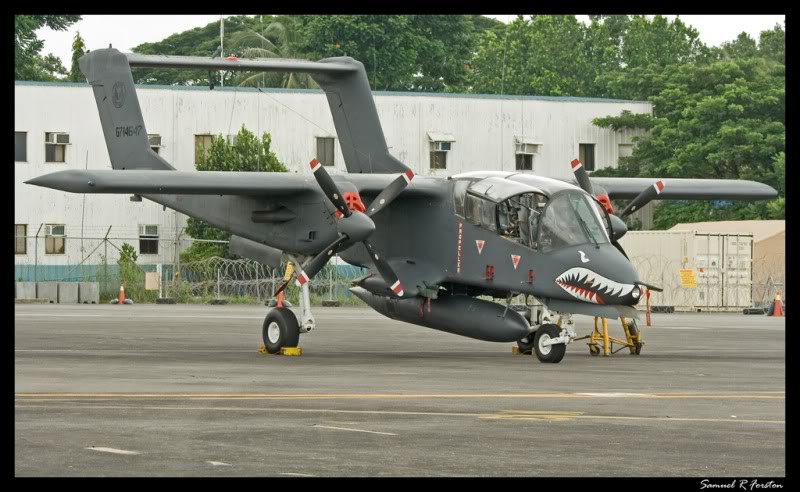Cossack25A1
SENIOR MEMBER

- Joined
- Jul 11, 2014
- Messages
- 2,566
- Reaction score
- 2
- Country
- Location
Reported last July but it is still relevant, sadly Pinoys will see this as lies and opposition propaganda while Filipinos will agree on this.
----------
FOCUS | Economy under the Aquino administration a case of worsening exclusivity
After four years of the Aquino administration, the most recent available data on various socioeconomic indicators affirm the exclusionary nature of the country's economic growth:
1. Jobs crisis continues
The country is still facing the most unemployed and underemployed Filipinos in history. The government’s labor force data shows that there were 4.5 million unemployed (correcting for official government underestimation) and 7.3 million underemployed. Put together, this means that 11.5 million Filipinos (over ¼ of the labor force) are unemployed or looking for more work.
The country's unemployment rate – whether using IBON's adjusted estimate of 10.4% or the official rate of 7.0% – is the worst in Asia. Recent unemployment rates in other Asian countries including those at similar levels of economic development as the Philippines are much lower: Brunei (1.1%), Cambodia (0.10%), Indonesia (5.7%), Malaysia (2.9%), Myanmar (4.0%), Singapore (2.0%), Thailand (0.9%), Vietnam (2.2%), South Korea (3.7%), India (3.8%) and China (4.1%). It is not coincidental that the Philippines has among the most liberalized economies among this group.
It is also important to assess the quality of work in interpreting the 2014 April round figures. Around 1.7 million additional employed persons were reported to reach a total of 38.7 million employed. However, the additional work was in effect wholly in part-time work which increased by 2.2 million compared to a marked 673,000 decline in the numbers in full-time work. These results continue a marked trend since the start of the Aquino administration in 2010 of part-time work steadily outpacing full-time work. Nearly four in 10 jobs (38.7%) in the country now are part-time and very likely low-pay and insecure work.
It is also important to consider that the number of those employed but classified as working without pay increased by 296,000 from last year to reach over 4.3 million in April. The informal sector – composed of own-account and unpaid family workers – thus continues to grow and reached 16.5 million or a very substantial four out of 10 (42.5%) of total employed in the same period.
The number of unemployed remains most concentrated among the youth where half (49.8%) of all unemployed are in the 15-24 year old age group – at least 19.1 million youth nationwide – and another almost third (30.5%) are in the 25-34 age group.
Among the unemployed, almost four out of 10 (36.9%) have a college education with at least 655,000 or over two out of 10 (22.4%) actually having graduated. Another one out of 10 (8.6%) have at least some post-secondary education while over three out of 10 (33.2%) have a high school degree. That nearly eight out of 10 (78.2%) of unemployed Filipinos have at least a high school degree, with others even having post-secondary or college degrees, underscores how the main factor driving joblessness is not low educational attainment so much as the weak job creation by the economy.
This point is further stressed by considering the continuing large numbers of Filipinos forced to go abroad to find work, which includes among the country's most educated. The LFS is not able to capture this because of some long-unresolved methodological limitations in its survey. However, administrative records from the Philippine Overseas Employment Agency (POEA) report that 1.8 million Filipinos left the country for work in 2013 - which is equivalent to a record 5,031 leaving the country every day. This is more than the daily average of 4,937 leaving in 2012 although a smaller year-on-year increase than in previous years.
2. Rising prices eroding low incomes
Food prices started increasing more rapidly in the latter part of 2013 and then in the first semester of 2014, which further reduced the value of already low and falling real incomes. These pushed monthly inflation rates to their highest in the last 2 1/2 years especially with how food consumption can account for 40-50% of total expenditure of the country's vast low- income households.
The rising prices have to be measured for their impact given the actual levels of poor families' incomes. Rough estimates on the results of the latest 2012 Family Income and Expenditure Survey (FIES) show that the poorest 70% of Filipinos – or some 66 million Filipinos – try to live off incomes of around just P38, P51, P59, P71, P84, P100 and P125 per day (corresponding to the lowest seven income deciles). These were computed by dividing average annual income per decile by 365 days and an assumed average family size of five. Larger families mean lower incomes per family member and vice versa for smaller families.
The cost of education has also started to crawl upwards. The opening of the school year 2014-2015 had the Department of Education (DepED) approving four-fifths of 1,477 petitions for tuition fee increases in private elementary and secondary schools. Similarly, the Commission on Higher Education (CHED) approved over four-fifths of applications for tuition fee increases for academic year 2014-2015. This has meant an average increase in tuition fees and of school fees nationwide by around 8% and going up to 13-14% in some regions; the tuition fee increase in the NCR is 6 percent.
Oil product price increases, meanwhile, are moderate for now although the price of gasoline, diesel and LPG still generally remain higher than in recent years. The price of LPG has tempered from extremely high prices in 2013. The momentum of rising power rates in the last part of 2013 has, however, been arrested with the Supreme Court continuing for an indefinite period its temporary restraining order on the Meralco rate hike upon alleged wholesale electricity spot market (WESM) manipulation.
All these price pressures drove monthly inflation rates to a range of 3.9-4.5% in the first semester of 2014. The lowest inflation was recorded in March (3.9%) and the highest in May (4.5%) while inflation remains high at 4.4% in June. These rates are much higher compared to the annual averages of 3.2% in 2012 and 3.0% in 2013. Accelerating inflation is among the most important precipitating factors for interest rate hikes by the Bangko Sentral ng Pilipinas (BSP).
3. Poverty is still severe
The government’s poverty figures at most only measure trends among the poorest 20-30% of the population or at the very deepest levels of poverty in Filipinos and families in the country – which amounts to around 25 million Filipinos in severe poverty in 2013. As it is, using but reinterpreting data from the National Statistical Coordination Board (NSCB), some 56 million Filipinos live off around P100 or less a day and some 66 million Filipinos live off around P125 or less a day. These are better indicators of the real extent of poverty in the country. They are also more consistent with IBON national opinion survey results which reported 67.0% of respondents describing their family's situation as poor.
It must be noted that there are no significant changes in the real economy, whether on the production or demand side, to suggest that it has already shifted to a new and higher level of economic expansion. In the absence of any structural transformation the economy's trajectory in the next few years will be heavily influenced by the degree of government spending and by how far private construction increases, which remains a question.
Over the medium-term, the Aquino government is still relying on greater foreign investments to propel economic growth and development. The recent credit rating upgrades have been played up as outcomes of good governance and signaling increased flows of foreign debt and equity financing to the country. But the problem with this is that any increased foreign financing will have a short-term and limited impact if they are concentrated in foreign firms in low value-added areas of the economy rather than building domestic agriculture and Filipino industry.
The poor socioeconomic performance is the necessary result of a Philippine economy that does not serve the needs of the majority of Filipinos. The economy is dysfunctional for not having agricultural and industrial sectors commensurate to its vast human and natural resources. It is also organized to generate wealth for a few rather than provide for the needs of its tens of millions of peasants, fisherfolk, private and public sector workers, employees, and smaller domestic enterprises.
IBON Foundation, Inc. is an independent development institution established in 1978 that provides research, education, publications, information work and advocacy support on socioeconomic issues.
FOCUS | Economy under the Aquino administration a case of worsening exclusivity
------
Well it only benefits the Oligarchy here.
----------
FOCUS | Economy under the Aquino administration a case of worsening exclusivity
After four years of the Aquino administration, the most recent available data on various socioeconomic indicators affirm the exclusionary nature of the country's economic growth:
1. Jobs crisis continues
The country is still facing the most unemployed and underemployed Filipinos in history. The government’s labor force data shows that there were 4.5 million unemployed (correcting for official government underestimation) and 7.3 million underemployed. Put together, this means that 11.5 million Filipinos (over ¼ of the labor force) are unemployed or looking for more work.
The country's unemployment rate – whether using IBON's adjusted estimate of 10.4% or the official rate of 7.0% – is the worst in Asia. Recent unemployment rates in other Asian countries including those at similar levels of economic development as the Philippines are much lower: Brunei (1.1%), Cambodia (0.10%), Indonesia (5.7%), Malaysia (2.9%), Myanmar (4.0%), Singapore (2.0%), Thailand (0.9%), Vietnam (2.2%), South Korea (3.7%), India (3.8%) and China (4.1%). It is not coincidental that the Philippines has among the most liberalized economies among this group.
It is also important to assess the quality of work in interpreting the 2014 April round figures. Around 1.7 million additional employed persons were reported to reach a total of 38.7 million employed. However, the additional work was in effect wholly in part-time work which increased by 2.2 million compared to a marked 673,000 decline in the numbers in full-time work. These results continue a marked trend since the start of the Aquino administration in 2010 of part-time work steadily outpacing full-time work. Nearly four in 10 jobs (38.7%) in the country now are part-time and very likely low-pay and insecure work.
It is also important to consider that the number of those employed but classified as working without pay increased by 296,000 from last year to reach over 4.3 million in April. The informal sector – composed of own-account and unpaid family workers – thus continues to grow and reached 16.5 million or a very substantial four out of 10 (42.5%) of total employed in the same period.
The number of unemployed remains most concentrated among the youth where half (49.8%) of all unemployed are in the 15-24 year old age group – at least 19.1 million youth nationwide – and another almost third (30.5%) are in the 25-34 age group.
Among the unemployed, almost four out of 10 (36.9%) have a college education with at least 655,000 or over two out of 10 (22.4%) actually having graduated. Another one out of 10 (8.6%) have at least some post-secondary education while over three out of 10 (33.2%) have a high school degree. That nearly eight out of 10 (78.2%) of unemployed Filipinos have at least a high school degree, with others even having post-secondary or college degrees, underscores how the main factor driving joblessness is not low educational attainment so much as the weak job creation by the economy.
This point is further stressed by considering the continuing large numbers of Filipinos forced to go abroad to find work, which includes among the country's most educated. The LFS is not able to capture this because of some long-unresolved methodological limitations in its survey. However, administrative records from the Philippine Overseas Employment Agency (POEA) report that 1.8 million Filipinos left the country for work in 2013 - which is equivalent to a record 5,031 leaving the country every day. This is more than the daily average of 4,937 leaving in 2012 although a smaller year-on-year increase than in previous years.
2. Rising prices eroding low incomes
Food prices started increasing more rapidly in the latter part of 2013 and then in the first semester of 2014, which further reduced the value of already low and falling real incomes. These pushed monthly inflation rates to their highest in the last 2 1/2 years especially with how food consumption can account for 40-50% of total expenditure of the country's vast low- income households.
The rising prices have to be measured for their impact given the actual levels of poor families' incomes. Rough estimates on the results of the latest 2012 Family Income and Expenditure Survey (FIES) show that the poorest 70% of Filipinos – or some 66 million Filipinos – try to live off incomes of around just P38, P51, P59, P71, P84, P100 and P125 per day (corresponding to the lowest seven income deciles). These were computed by dividing average annual income per decile by 365 days and an assumed average family size of five. Larger families mean lower incomes per family member and vice versa for smaller families.
The cost of education has also started to crawl upwards. The opening of the school year 2014-2015 had the Department of Education (DepED) approving four-fifths of 1,477 petitions for tuition fee increases in private elementary and secondary schools. Similarly, the Commission on Higher Education (CHED) approved over four-fifths of applications for tuition fee increases for academic year 2014-2015. This has meant an average increase in tuition fees and of school fees nationwide by around 8% and going up to 13-14% in some regions; the tuition fee increase in the NCR is 6 percent.
Oil product price increases, meanwhile, are moderate for now although the price of gasoline, diesel and LPG still generally remain higher than in recent years. The price of LPG has tempered from extremely high prices in 2013. The momentum of rising power rates in the last part of 2013 has, however, been arrested with the Supreme Court continuing for an indefinite period its temporary restraining order on the Meralco rate hike upon alleged wholesale electricity spot market (WESM) manipulation.
All these price pressures drove monthly inflation rates to a range of 3.9-4.5% in the first semester of 2014. The lowest inflation was recorded in March (3.9%) and the highest in May (4.5%) while inflation remains high at 4.4% in June. These rates are much higher compared to the annual averages of 3.2% in 2012 and 3.0% in 2013. Accelerating inflation is among the most important precipitating factors for interest rate hikes by the Bangko Sentral ng Pilipinas (BSP).
3. Poverty is still severe
The government’s poverty figures at most only measure trends among the poorest 20-30% of the population or at the very deepest levels of poverty in Filipinos and families in the country – which amounts to around 25 million Filipinos in severe poverty in 2013. As it is, using but reinterpreting data from the National Statistical Coordination Board (NSCB), some 56 million Filipinos live off around P100 or less a day and some 66 million Filipinos live off around P125 or less a day. These are better indicators of the real extent of poverty in the country. They are also more consistent with IBON national opinion survey results which reported 67.0% of respondents describing their family's situation as poor.
It must be noted that there are no significant changes in the real economy, whether on the production or demand side, to suggest that it has already shifted to a new and higher level of economic expansion. In the absence of any structural transformation the economy's trajectory in the next few years will be heavily influenced by the degree of government spending and by how far private construction increases, which remains a question.
Over the medium-term, the Aquino government is still relying on greater foreign investments to propel economic growth and development. The recent credit rating upgrades have been played up as outcomes of good governance and signaling increased flows of foreign debt and equity financing to the country. But the problem with this is that any increased foreign financing will have a short-term and limited impact if they are concentrated in foreign firms in low value-added areas of the economy rather than building domestic agriculture and Filipino industry.
The poor socioeconomic performance is the necessary result of a Philippine economy that does not serve the needs of the majority of Filipinos. The economy is dysfunctional for not having agricultural and industrial sectors commensurate to its vast human and natural resources. It is also organized to generate wealth for a few rather than provide for the needs of its tens of millions of peasants, fisherfolk, private and public sector workers, employees, and smaller domestic enterprises.
IBON Foundation, Inc. is an independent development institution established in 1978 that provides research, education, publications, information work and advocacy support on socioeconomic issues.
FOCUS | Economy under the Aquino administration a case of worsening exclusivity
------
Well it only benefits the Oligarchy here.
Last edited:







